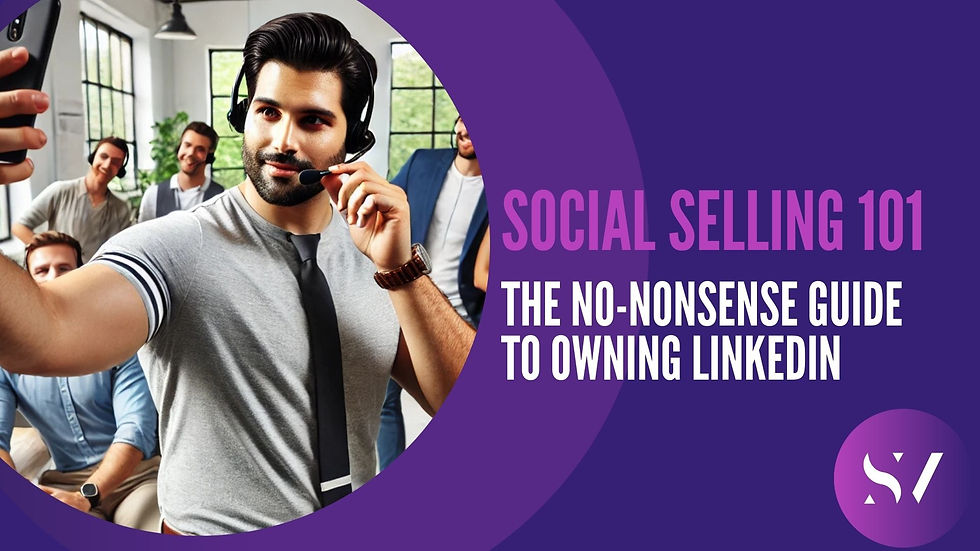Our Guide to Creating High-Converting Landing Pages
- Mike Piddock
- Jul 29, 2024
- 2 min read
Updated: Mar 27
Creating a high-converting landing page is both an art and a science. It involves understanding your audience, crafting compelling content, and designing an intuitive layout. This guide will walk you through the process of creating landing pages that not only attract visitors but also convert them into leads or customers.
Structure Your Page for Different Intent Levels
Above the Fold (High-Intent)
High-intent visitors need immediate validation that they've found what they're looking for.
Hook: Start with a simple, bold headline that includes a quantitative claim.
CTA: Place a clear call-to-action (CTA) prominently.
Social Proof: Include client logos or other forms of social proof.
First Div Below the Fold (Medium-Intent)
Medium-intent visitors need a bit more information to be convinced.
Elaborate on Claims: Provide more details on the benefits stated in the hero section.
Additional Social Proof: Use case studies, testimonials, and ratings to build credibility.
Secondary CTA: Include another call-to-action to guide visitors further down the funnel.
Further Down the Page (Low-Intent)
Low-intent visitors require comprehensive information to make a decision.
Detailed Information: Offer in-depth content about how your product works.
Case Studies: Share success stories that demonstrate your product’s impact.
CTAs Throughout: Maintain call-to-actions throughout the page to capture interest at any point.

Practical Steps
Step-by-Step Process
Define your Target Audience and set Clear Goals: Ensure your team is aligned on the purpose of the landing page.
Define Your Value Proposition: Start with a bold, quantitative claim that highlights the main benefit of your product.
Design Above the Fold: Create a compelling hook with a clear CTA and social proof.
Build the Middle Section: Provide more details, additional social proof, and another CTA.
Develop the Lower Section: Offer in-depth information, case studies, and maintain CTAs.
Simplify Your Content: Focus on clear, concise messaging with a strong visual hierarchy.
Optimise for Mobile and SEO: Ensure mobile-friendliness with strategic placement and SEO best practice.
A/B Test Your Page: Continuously test and refine your landing page for optimal conversions.



